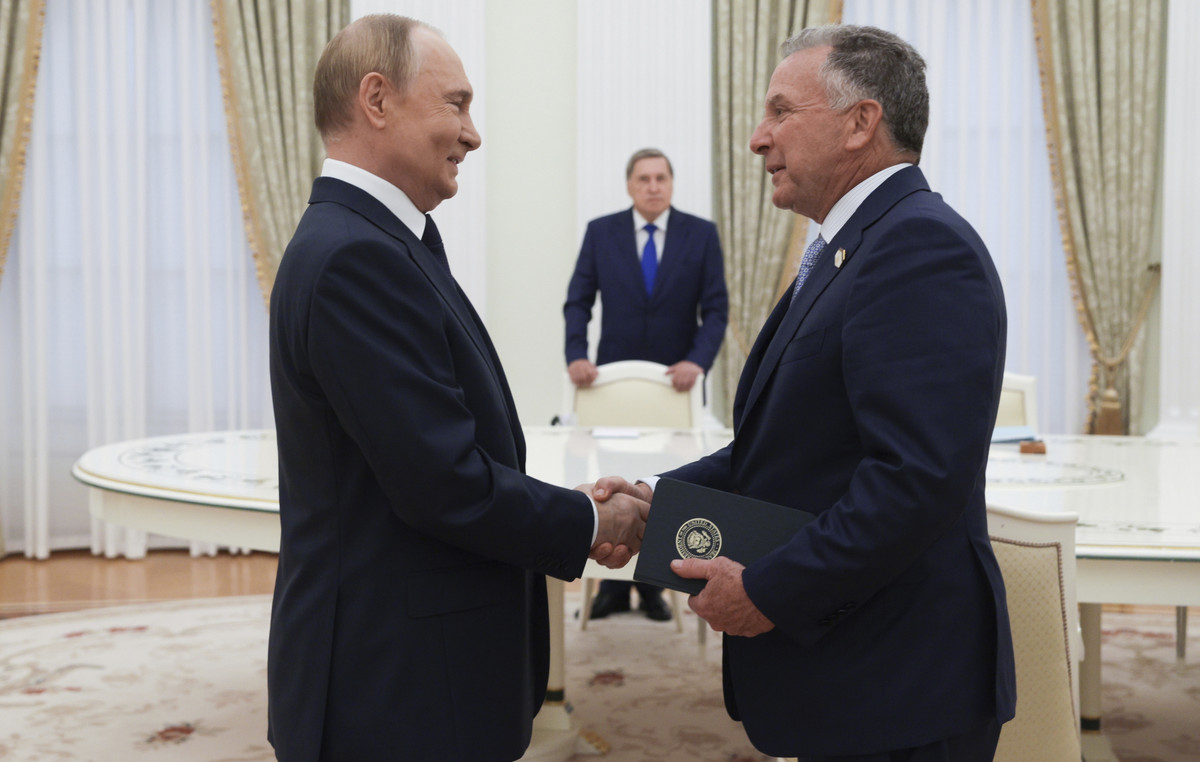China’s Ministry of Finance announced on Friday that additional tariffs on US imports will increase from 84% to 125%, according to Reuters, starting April 12.
“If the US continues to impose additional tariffs on Chinese goods exported to the US, China will ignore it,” said the ministry and added:
“If the US insists on continuing to violate China’s interests in a substantive way, China will take reprisal measures resolved and fight until the end.”
The China Ministry of Commerce also issued a statement, urging the US to take a great step forward in the elimination of the so -called “reciprocal tariffs” and completely correct their wrong practices. “China firmly opposes, condemns the arbitrary unilateral measures of the US, and has taken resolved reprisal measures to safeguard their rights and interests,” said the statement.
Market reaction
The futures of US stock indices became down after this development. After having won more than 1% before, the futures of the S&P 500 were rising 0.35%.
Meanwhile, the US dollar (USD) is still under strong sales pressure. At the time of publication, the USD index was losing 1.1% in the day, standing at 99.80.
Finally, gold continues to gain strength and quote on a new historical maximum above $ 3.210 as the commercial conflict deepens, promoting the demand for safe refuge.
Commercial War between the US and China Faqs
In general terms, “Trade War” is a commercial war, an economic conflict between two or more countries due to the extreme protectionism of one of the parties. It implies the creation of commercial barriers, such as tariffs, which are in counterbarreras, increasing import costs and, therefore, the cost of life.
An economic conflict between the United States (USA) and China began in early 2018, when President Donald Trump established commercial barriers against China, claiming unfair commercial practices and theft of intellectual property by the Asian giant. China took retaliation measures, imposing tariffs on multiple American products, such as cars and soybeans. The tensions climbed until the two countries signed the Phase one trade agreement between the US and China in January 2020. The agreement required structural reforms and other changes in China’s economic and commercial regime and intended to restore stability and confidence between the two nations. Coronavirus pandemia diverted the attention of the conflict. However, it is worth mentioning that President Joe Biden, who took office after Trump, kept the tariffs and even added some additional encumbrances.
Donald Trump’s return to the White House as the 47th US president has unleashed a new wave of tensions between the two countries. During the 2024 election campaign, Trump promised to impose 60% tariff particularly in investment, and directly feeding the inflation of the consumer price index.
Source: Fx Street
I am Joshua Winder, a senior-level journalist and editor at World Stock Market. I specialize in covering news related to the stock market and economic trends. With more than 8 years of experience in this field, I have become an expert in financial reporting.







